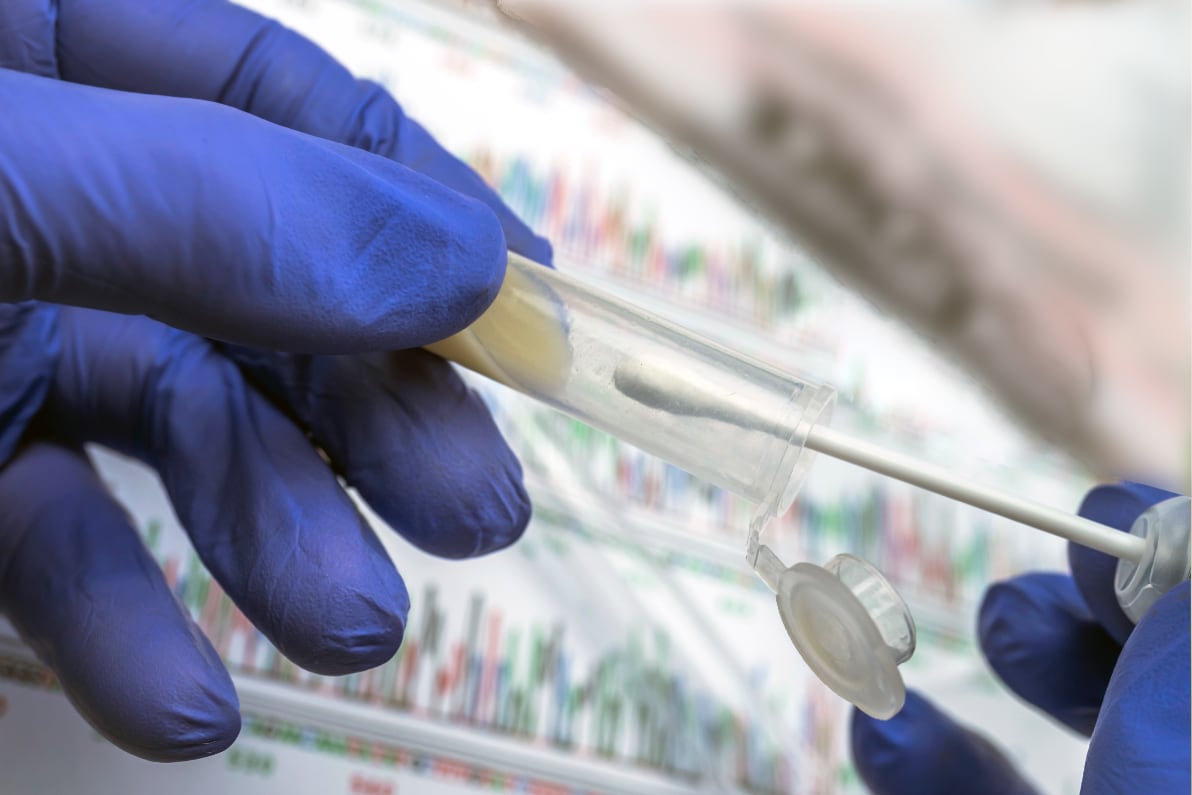MALE INFERTILITY
Causes of male infertility may include:
Poor quality semen and sperm
- Low sperm count
- Absence of sperm
- Poor sperm motility
- Abnormal sperm shape
Damaged testicles
- An infection of your testicles
- Testicular injury or damage
- Cancer treatment
- A congenital defect
- Undescended testicles
Ejaculation disorders
No semen release during intercourseSterilisation
VasectomyHormonal issues
Hormonal issues in the testicles or pituitary gland (which produces hormones that stimulate the testicles to produce testosterone)Medicines and drugs
In some cases, certain types of medication can cause male infertility issues. E.g. chemotherapy drugs, anabolic steroids (often used illegally) and anti-inflammatory drugs used to treat conditions such as Crohn’s diseaseLifestyle factors:
- Smoking
- Recreational drugs
- Drinking alcohol
- Lack of exercise
- Stress levels
- Obesity
- ...
Semen analysis
Check whether there are problems with your sperm, e.g. low sperm count, sperm motility and sperm morphology (size and shape)DNA fragmentation
Assess the DNA of your spermAntisperm bodies
Check if you are producing antibodies against your own spermBlood tests and or urine sample
Assess your general health with blood tests and a urine sample to test for chlamydia (which may affect your fertility)TESA
In cases where the azoospermia is caused by mechanical blockage to the sperm flow, then TESA or testicular sperm aspiration can be used to extract the sperm. A mechanical blockage occurs in men who have had a vasectomy, or who are missing the vas deferens.
A TESA procedure is minimally invasive and can be done in your doctor’s office under local anaesthetic. A needle is inserted into the testicle and tubules where sperm is aspirated through a syringe. As no incisions are made, you won’t need any stitches.
Micro TESE
A highly specialised procedure, Micro TESE or Microsurgical Testicular Sperm Extraction, extracts sperm from the testes in men who have no sperm in the ejaculate. In case of non-obstructive azoospermia, which means a man cannot produce enough sperm to have a detectable amount in his semen, this procedure offers hope to find small amounts of sperm under the microscope.
The aim of Micro TESE is to identify any area within the testis which is still able to produce sperm. Small samples are removed and laboratory staff will examine the specimens under the microscope. If sperm are found, a procedure called ICSI will follow. The micro TESE success rate is promising. In about 60 percent of the cases, doctors will be able to find sperm during micro TESE procedures.
Importance of your medical history
Please note that the information provided is not medical advice. To obtain personalised information about suspected infertility, please contact your qualified fertility specialist.


